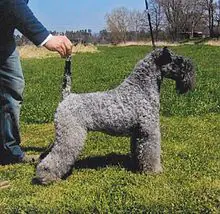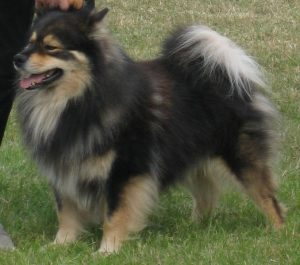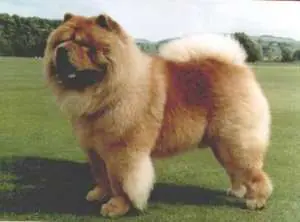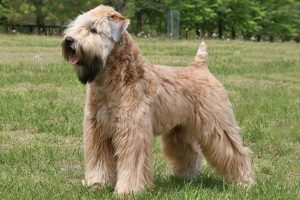Kerry Blue Terrier
Kerry Blue Terrier Rescue and Adoption: Find Yours

-
Breed Group : TERRIER
-
Origin : Ireland
-
Average Height : 17" - 20"
-
Average Weight : 33 - 40 lbs.
-
Life Span : 12 - 16 years
Photo Courtesy of : United States Kerry Blue Terrier Club
-
Size
1 2 3 4 5 6 7 8 9 10 -
Energy
1 2 3 4 5 6 7 8 9 10 -
Intelligence
1 2 3 4 5 6 7 8 9 10 -
Ease of Training
1 2 3 4 5 6 7 8 9 10 -
Hypo-Allergenic
1 2 3 4 5 6 7 8 9 10 -
Shedding
1 2 3 4 5 6 7 8 9 10 -
Good with Kids
1 2 3 4 5 6 7 8 9 10 -
Good with Other Pets
1 2 3 4 5 6 7 8 9 10 -
Guard Dog
1 2 3 4 5 6 7 8 9 10








